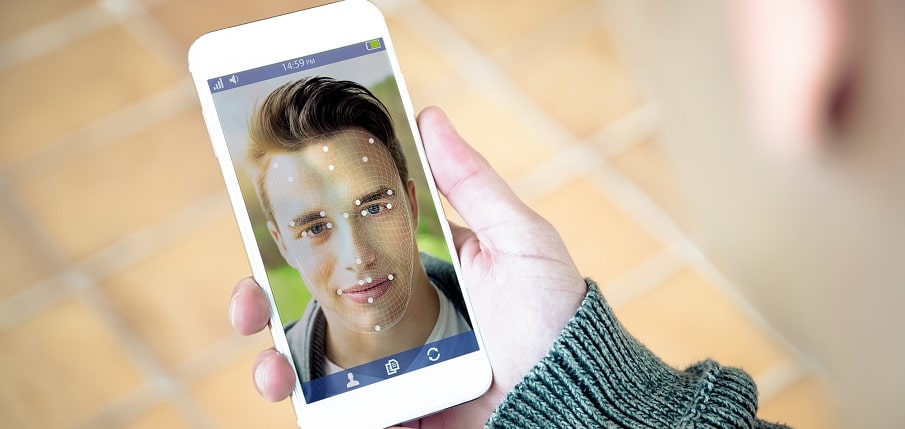Companies’ main concerns are identifying their new customers using increasingly accurate technologies such as facial recognition when making electronic transactions. This post tells you what it is, why it is safe, and the practical applications involved.
Table of contents
What is facial recognition?
Facial recognition using a photo can identify a person by their facial features to verify that they are whom they claim to be. It does this by comparing the face’s structure, shape, and proportions; distance between the eyes, nose…
What are the benefits of facial recognition?
Facial recognition provides several benefits in customer identification processes, including the following:
- It is a very accurate system compared to others.
- It is a method that does not require physical contact to be carried out remotely and conveniently.
- Dramatically reduces identity theft.
- It can be complemented by other biometric methods of personal identification, such as voice identification.
How it works
Facial recognition is most likely familiar to you as a means of unblocking smartphones, but its operation and applications go far beyond that. Broadly speaking, we can highlight the following steps in this process:
- Image capture. A camera captures a person’s face individually or among other people.
- Facial feature analysis. Software analyses facial features such as the distance between the forehead and the chin, the shape of the cheekbones, nose and lips, the size of the ears, nose and eyes.
- Converting the image into data. All captured data are transformed into a mathematical formula unique to each person.
- Match search. The data obtained is compared with a database or a photo of the ID card.
What is facial recognition used for?
We have already talked about one of the uses of facial recognition for unlocking smartphones, but there are many others:
- Airport and border checkpoint Biometric passports are becoming popular and can quickly skip the queues and reach the boarding gate. In addition, this method increases security.
- The same is true for events with large numbers of participants, as facial recognition makes it possible to avoid queues for entry and enhance the security of the event.
- In some places in the world, patients are identified with this way to access their records automatically.
- Transportation. It is used in some transportation companies to replace vehicle keys and to remember the driver’s preferences for seat and mirror positions.
- Office access control. Using facial recognition, it is possible to know who accesses offices and ensure that only authorised persons have access and prevent theft or identity theft.
- KYC processes. Companies, when signing a contract with a customer, have to identify the customer. This technology can be used for this purpose, combined with artificial intelligence. In addition, Lleida.net also has a facial recognition service by video, which involves using video for secure online identification. The camera captures an image of the person’s ID card, passport or driving licence, takes a selfie of the person and compares the two images to provide a result on the validation of the identity. This process is quick and increases the customer’s satisfaction, who will have the service or product available immediately and the company, which will start invoicing without delay.
- Tracking of students or employees. This has been used in some countries to prevent truancy so that each student or employee is recognised when arriving at class or the workplace, and their attendance is monitored.
- Payment. Facial recognition technology is still under development, but it could be used to make payments for products or services purchased by a customer in the future.
- Banks It could be used to authorise transactions (payments, transfers, etc.) with the phone or computer.
As you have seen, Lleida.net‘s facial recognition technology has many applications that could increase over time, simplifying many processes in companies and the day-to-day life of any person.
